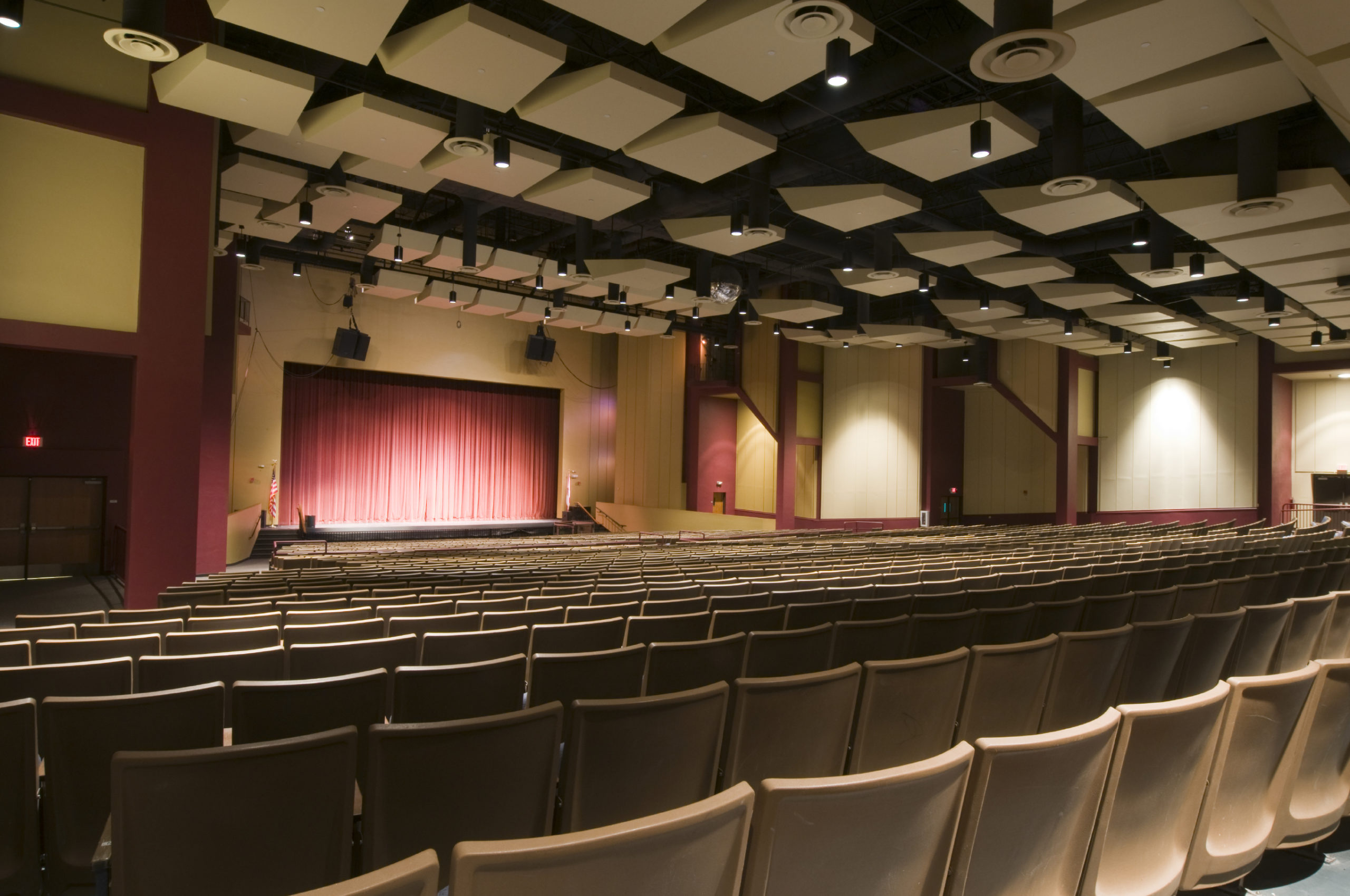
Paying for only what you need, when you need it is an appealing concept. In recent years, this concept has grown to include everything from pay-as-you-go cell phones to the philosophy of lean manufacturing. The same principles can now be applied to indoor air quality with minimized energy consumption by using demand-controlled ventilation.
Traditionally, outdoor air requirements for spaces have been based on supplying a given volume of air to an area based on a per-person volume requirement and the maximum occupancy condition for the space.
According to American Society of Heating, Refrigerating, and Air-Conditioning Engineers (ASHRAE) field studies, many buildings typically have actual occupancy levels are at least 25%-30% lower and as much as 60%-75% lower than this maximum condition under normal circumstances. Why pay to supply outdoor air for occupants that aren’t there? For much of the year, every cubic foot of outdoor air brought in by many air handling systems must be either heated or cooled.
So how can you maintain the air quality for the occupants in the space without paying for the ones that aren’t? LEED® EQ Credit 1 specifically addresses this issue through carbon dioxide monitoring. Carbon dioxide levels can be used as an indicator of occupancy levels. Therefore, demand controlled ventilation measures the carbon dioxide level of an area to maintain appropriate ventilation rates while minimizing the supplied outdoor air and accompanying energy consumption.
Applications
Theaters, auditoriums, and gymnasiums often provide significant savings due to high occupant density, widely fluctuating occupancy conditions, and the type of systems that typically serve these areas. An office location, with generally uniform and predictable occupancy patterns, may not provide a significant opportunity for energy savings. Spaces with known contaminant sources (laboratories, chemical storage, combustion appliances) may require dedicated exhaust, make-up air, or additional dilution ventilation. Demand controlled ventilation would not be suitable for these applications.
Aside from LEED®, retrofitting controls in the types of spaces noted above for existing facilities is often an excellent investment.
Returns
Demand controlled ventilation will require carbon dioxide sensors, which often run $400-$500/ea (installed) plus the cost of reworking the HVAC control sequence. This is not difficult or expensive for modern digital control systems. Ventilation for each person who isn’t there wastes about $20 per year. You can see that avoiding excessive ventilation can pay for itself quickly if a space is designed for many occupants.



